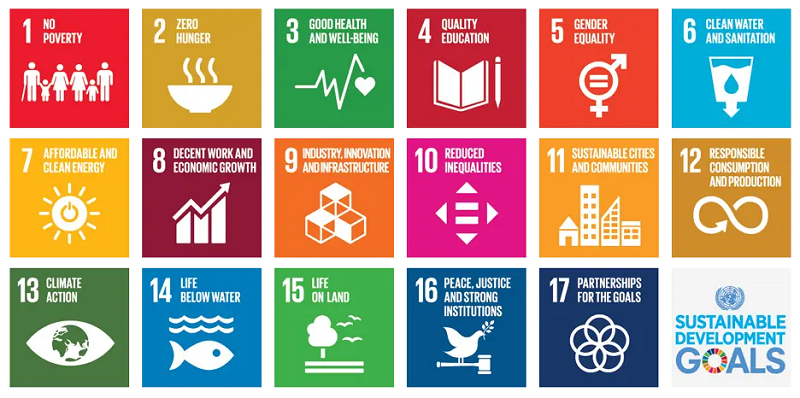– Developing nations face $4 trillion SDG investment shortfall
– UN calls for global financial reforms to bridge development gap
– Debt burdens hinder progress on poverty, climate, and health goals
The United Nations has issued a stark warning that a $4 trillion annual funding gap is jeopardizing the achievement of the Sustainable Development Goals (SDGs) by 2030. Speaking at the Economic and Social Council (ECOSOC) Forum on Financing for Development, UN Secretary-General António Guterres emphasized the urgent need for a “surge in investment” to support developing countries in building better lives for their people.
Guterres highlighted that the SDGs are “hanging by a thread,” with the hopes and dreams of billions at stake. He called for the implementation of the SDG Stimulus, proposing $500 billion annually in affordable long-term finance for developing countries.
The UN Conference on Trade and Development (UNCTAD) reports that the investment gap has increased from $2.5 trillion in 2015 to $4 trillion, particularly affecting sectors like energy, water, and transport infrastructure. This shortfall is exacerbated by declining foreign direct investment and overlapping global crises.
ECOSOC President Bob Rae noted that over three billion people live in countries where governments spend more on interest payments than on health or education. He stressed the need for a more affordable debt architecture to allow countries to invest in their futures.
The UN’s 2024 Financing for Sustainable Development Report calls for bold actions to scale up SDG investment and reform the global financial system. It proposes a new, coherent system better equipped to respond to crises and improve the global safety net for all countries.
